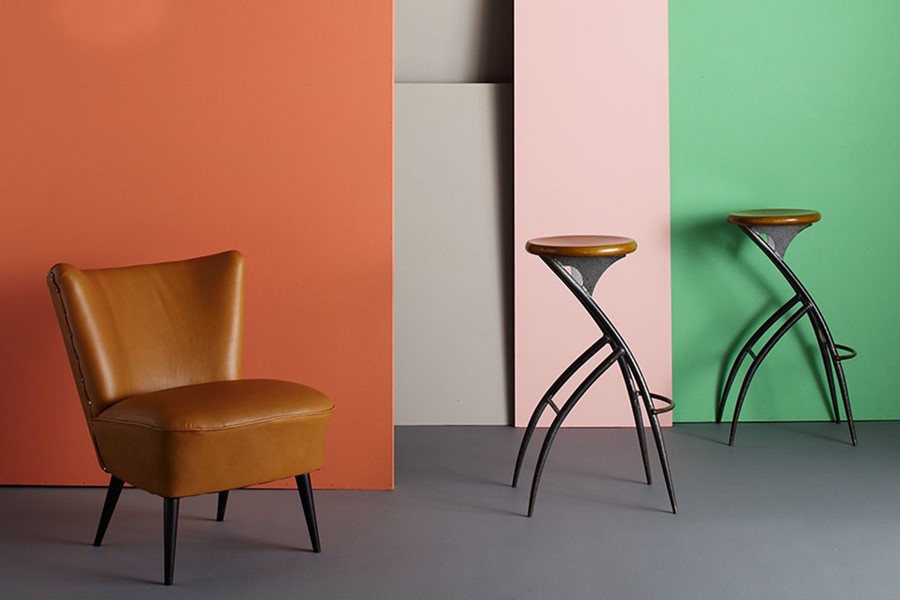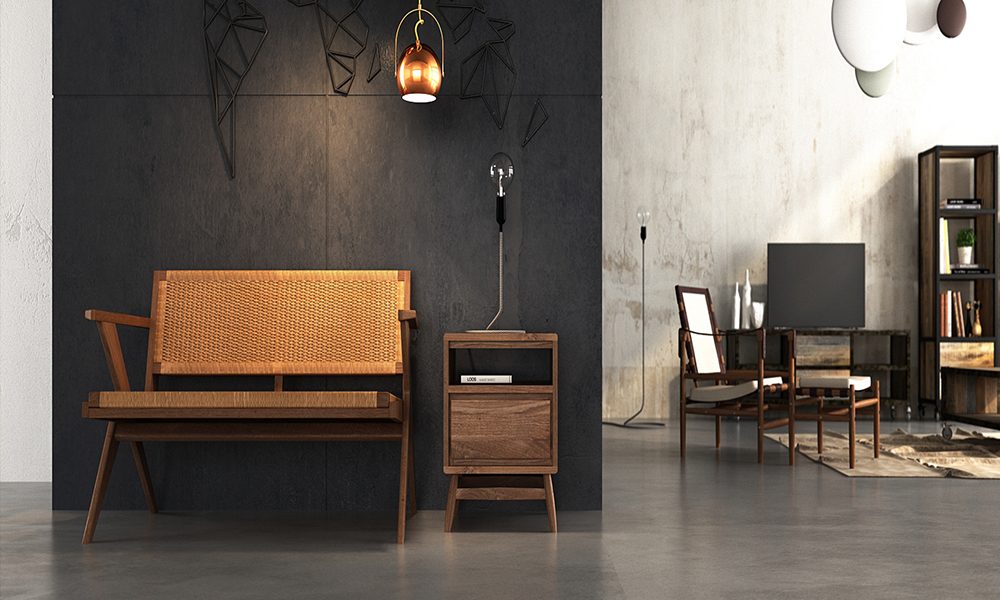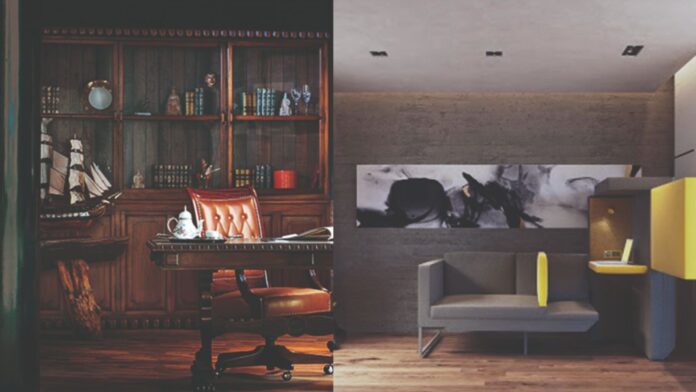Furniture, a fundamental part of our everyday lives, has evolved dramatically over the centuries. From rudimentary forms to intricate designs, furniture has reflected the cultural, social, and technological advancements of each era. The evolution of modern furniture design is a captivating journey that merges artistry and functionality, shaping our living spaces in innovative ways.
1. The Birth of Functionality: Early Furniture Designs
In ancient civilizations, furniture primarily served utilitarian purposes. Basic wooden stools, benches, and tables were common, emphasizing simplicity and practicality. The focus was on functionality rather than ornamentation. As societies progressed, so did furniture design, incorporating more intricate details and refined craftsmanship.

Read more.. Transforming Dreams into Reality: The Influence of 3D Interior Rendering
2. The Renaissance Influence: The Era of Ornate Elegance
The Renaissance period marked a significant shift in furniture design. Inspired by classical art and architecture, furniture of this era became more ornate and decorative. Elaborate carvings, intricate inlays, and luxurious materials adorned chairs, cabinets, and tables. The emphasis on craftsmanship and aesthetics laid the foundation for future design movements.
3. Industrial Revolution: Mass Production and Innovation
The advent of the Industrial Revolution completely transformed the landscape of furniture production. Groundbreaking mass production methods ushered in an era of standardized furniture pieces, rendering them accessible to a broader audience. The incorporation of novel materials like steel and plywood spurred creative ingenuity, resulting in innovative designs. This evolution made furniture not only more functional and ergonomic but also finely tuned to meet the demands of an expanding urban populace.
4. Bauhaus Movement: Form Follows Function
In the early 20th century, the Bauhaus movement emerged, emphasizing the marriage of form and function. Influenced by modernist principles, Bauhaus furniture designs focused on simplicity, clean lines, and minimalism. Functionality took precedence, leading to the creation of iconic pieces that remain popular today. Designers like Ludwig Mies van der Rohe and Marcel Breuer left an indelible mark on modern furniture aesthetics.
5. Mid-Century Modern: Embracing Organic Forms
The mid-20th century witnessed the rise of mid-century modern furniture, characterized by organic shapes, innovative materials, and a seamless integration of indoor and outdoor spaces. Designers like Charles and Ray Eames, Eero Saarinen, and Arne Jacobsen created timeless pieces that blended functionality with artistic expression. Iconic designs such as the Eames Lounge Chair and the Tulip Table became symbols of this era’s innovation.

Read more.. The Effect of 3D Printing Innovation on Auto Assembling Cycles
6. Contemporary Fusion: Blurring Boundaries
In the contemporary design landscape, boundaries between styles blur. Eclecticism prevails, allowing designers to draw inspiration from various eras and cultures. Sustainability and eco-friendly materials are at the forefront of modern furniture design, reflecting a growing consciousness about environmental impact. Customization and technology integration are also shaping the future of furniture, providing personalized and smart solutions for modern living spaces.
The progression of contemporary furniture design exemplifies a fascinating fusion of heritage, invention, and creative expression. Spanning from the elementary structures of the past to the intricate complexities of present-day creations, furniture is in a perpetual state of transformation, mirroring the dynamic demands and preferences of society. Looking ahead, the melding of imaginative brilliance and practicality promises a future marked by revolutionary and stimulating furniture designs, fundamentally reshaping our interactions with living spaces for generations to come.
Read more.. Elevate Your Haven: Crafting a Luxurious Bedroom Retreat with Simple Interior Design





